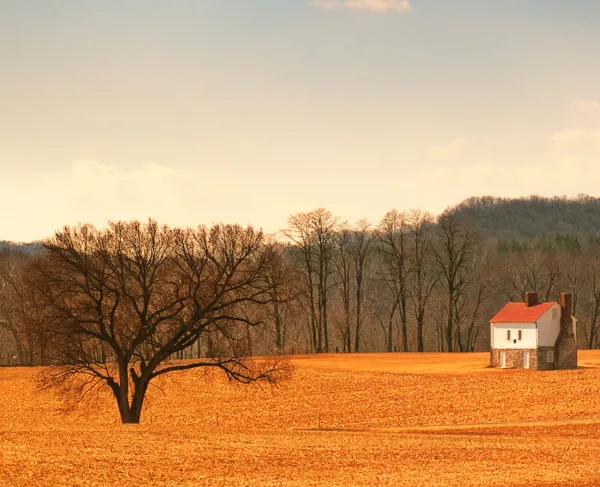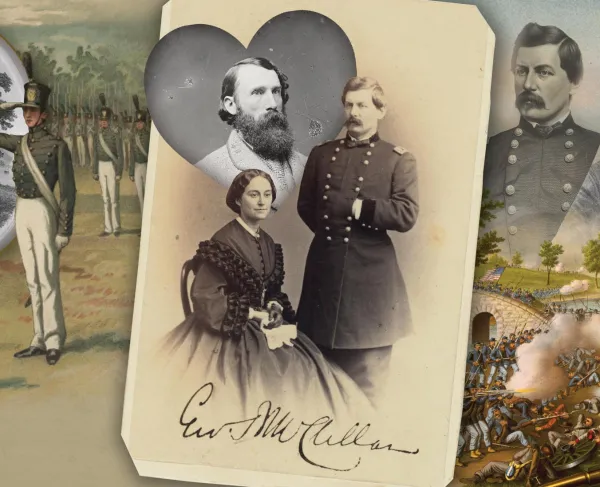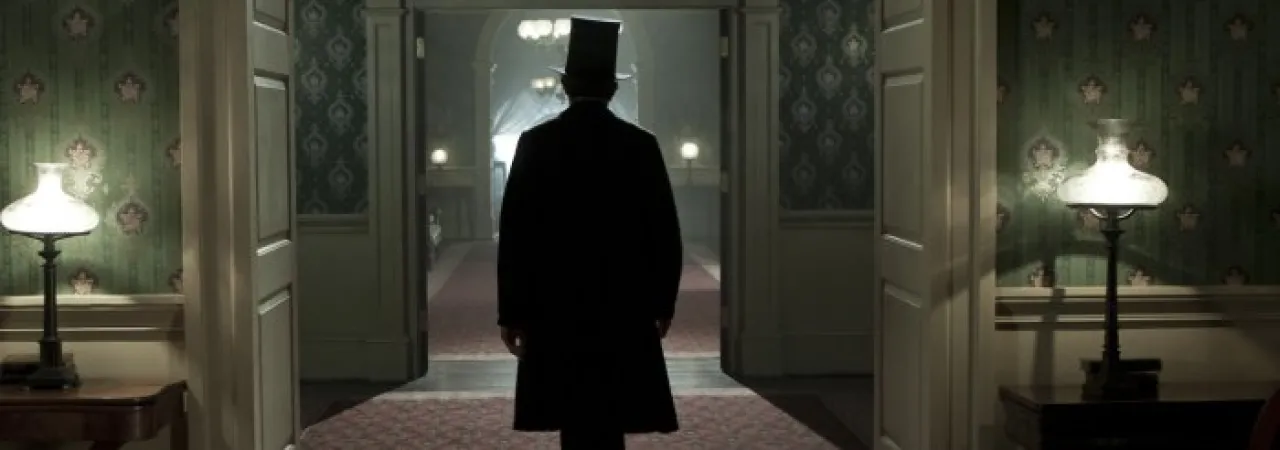
Since his untimely death in 1865, many have tried to understand the life of Abraham Lincoln. One of the main avenues in which Lincoln resonates today is through popular culture. Many films have been produced about his life and books seek to explain his role in American history and greater impact on the country as a whole.
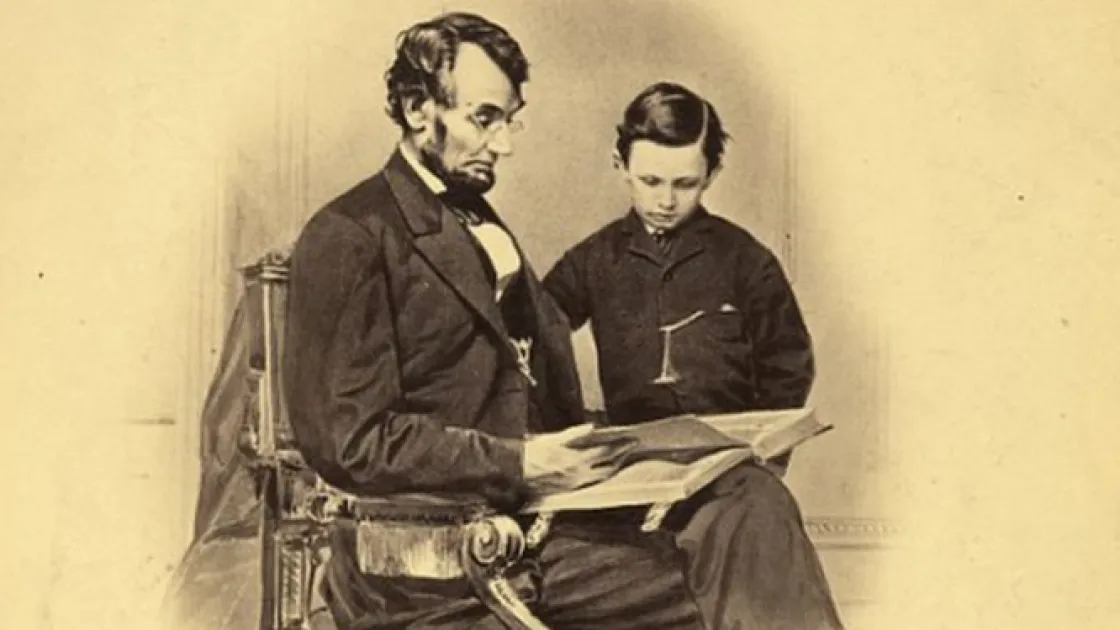
Lincoln in Film
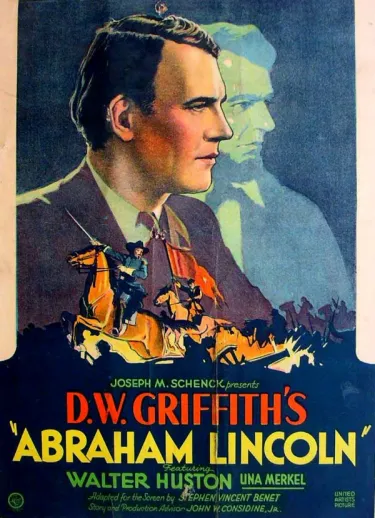
Abraham Lincoln (1930)
In the first film produced on the life of Abraham Lincoln, D.W. Griffith, director of Birth of a Nation, dramatized Lincoln’s life from his childhood through his death in 1865. Walter Hudson acted as Lincoln but, in the eyes of the critics of the day, the film was one of his worst. While it was an accurate chronological representation of Lincoln’s life, the acting was seen as over-the-top and did not portray Lincoln as many imagined. Critics of the time called it a flop, as do most historians. Griffith’s film, however, is the only attempt to fully chronicle Lincoln’s life, birth to death, on screen.
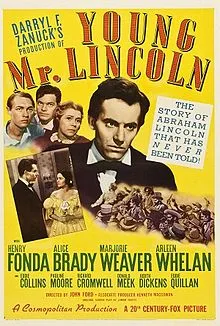
Young Mr. Lincoln (1939)
Henry Fonda starred as Abraham Lincoln in Young Mr. Lincoln, directed by John Ford. Ford focused on the early years of Lincoln’s career, mostly the first 10 years, as the title supposes. While most historians focus on Lincoln through his presidency and the Civil War, Ford showed the formative years of Lincoln’s career as a “prairie lawyer.” Lincoln’s legal career gave him the public backing he needed to run for the state legislature, and later the presidency. The film’s plot is loosely based on the 1858 William Armstrong case in which Lincoln proved the innocence of his client by entering an almanac as evidence. This legal victory in Springfield, Illinois ignited Lincoln's political career.
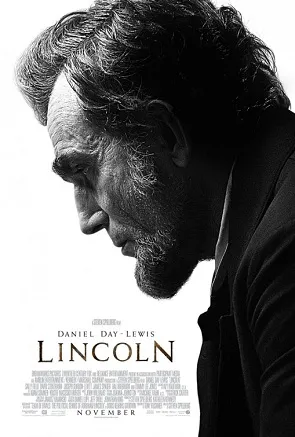
Lincoln (2012)
Lincoln, based on Team of Rivals by Doris Kearns Goodwin and directed by Steven Spielberg, covers the final months of Lincoln’s life in 1865. In the film, he is shown at several battlefields. Some are accurate portrayals, while some are fictionalized. The movie opens with scenes from the Battle of Poison Springs and then flashes to Lincoln at a military camp where he converses with black soldiers. While the Battle of Poison Springs did occur in 1864, the meeting shown is apocryphal. In 1865 he did, however, spend time at both the Petersburg battlefield and in Richmond after the city fell to Union troops.
The film shows Lincoln observing the wreckage of a battlefield as he rides on horseback through Petersburg. President Lincoln was invited to Petersburg by General Grant’s wife, who planned an elaborate tour for him along with a meeting between Grant and Lincoln.
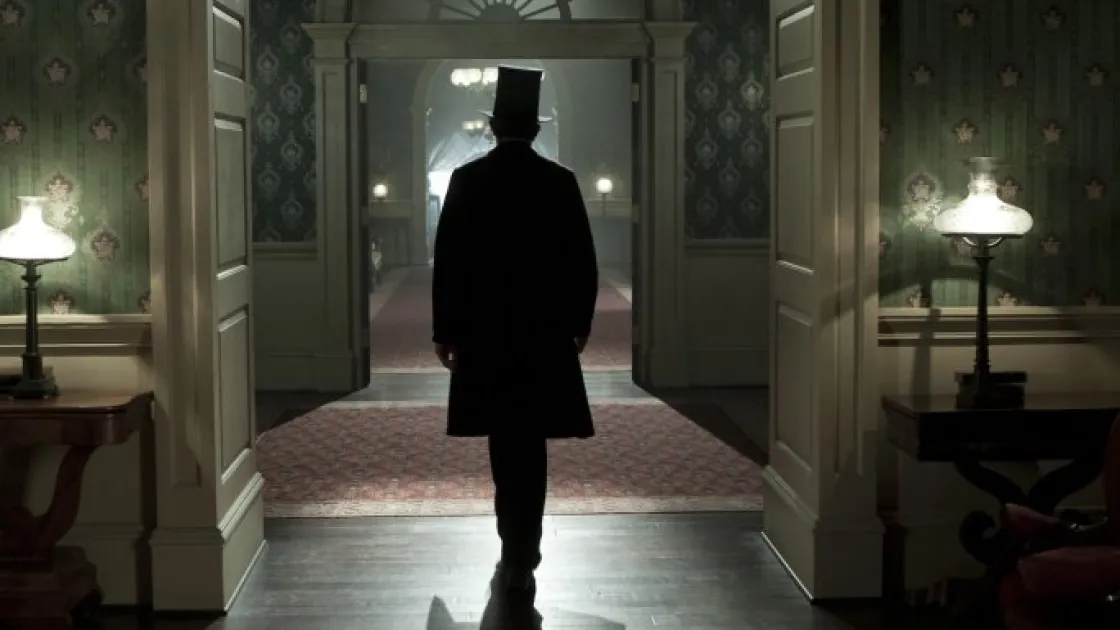
Daniel Day-Lewis won an Academy Award for his portrayal of Abraham Lincoln. (Lincoln, dir. Steven Spielberg, Dreamworks, 2012)
In addition, Lincoln met with Grant again in Richmond – a scene which was also portrayed in the film. Lincoln toured the city and even spent time in the White House of the Confederacy, where he sat at Jefferson Davis’s desk.
Throughout the war, even though the film only covered a few months in 1865, Lincoln met with generals at Bull Run, Antietam, Fredericksburg, and Fort Stevens. Most interestingly, Lincoln was at Fort Stevens during a firefight – nearby soldiers had to instruct him to stay down as he yearned to witness the fighting himself.
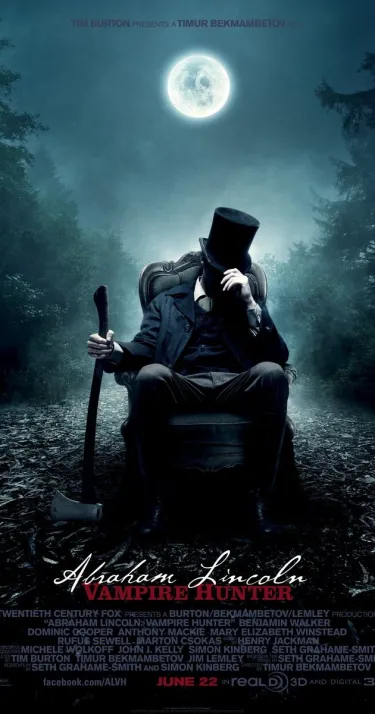
Abraham Lincoln: Vampire Hunter (2012)
Based on the book written by Seth Grahame-Smith, Abraham Lincoln: Vampire Hunter looks to entertain more than inform the public about the Civil War and President Lincoln. Grahame-Smith, who directed this film along with Timur Bekmambetov, capitalized on the sesquicentennial of the Civil War and the current fascination with vampires in American culture to produce Vampire Hunter. The plot plays off the characterization of Southerners as vampires and Lincoln’s crusade to avenge his mother’s death at the hands of one such vampire. Lincoln uses his vampire-hunting knowledge to save the Union through the use of silver bullets. While Lincoln was not a vampire hunter, and the South was not inhabited by said vampires, Vampire Hunter uses the general framework of the Civil War to create an interesting and fast-paced fictional film. The film utilizes the fascination with Lincoln in a creative, albeit mostly fictional, way.
Lincoln in Books
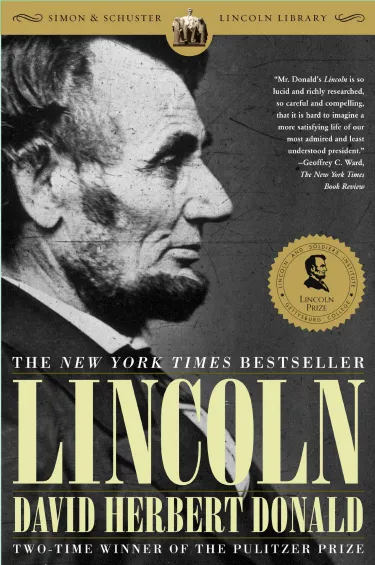
Lincoln, by David Donald (1995)
David Donald’s Lincoln is a comprehensive history of the life of Abraham Lincoln. Written in 1995, the biography is revered by those in the historical community as one of the best depictions of Lincoln and his role within the Civil War. Donald utilizes Lincoln’s personal papers more than any other biographer and sheds light on Lincoln’s process and ability to make crucial decisions for the sake of the Union. In the Lincoln canon, Donald’s work is the most comprehensive in its depiction of Lincoln’s life from his birth in Kentucky in 1809, to his death in Washington in 1865.
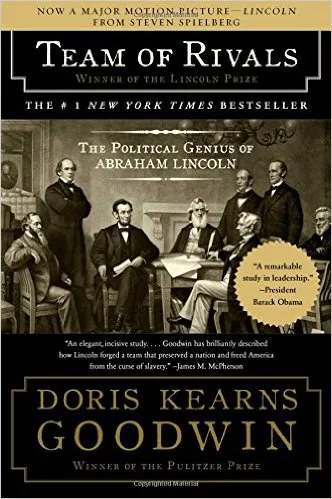
Team of Rivals: The Political Genius of Abraham Lincoln, by Doris Kearns Goodwin (2006)
While other books have studied the life of Abraham Lincoln in a broad sense, Doris Kearns Goodwin narrowed her scope to the years between 1860 and 1865. More specifically, she focused on Lincoln’s inner political circle – both friends and foes. Team of Rivals: The Political Genius of Abraham Lincoln is the product of 10 years of research on the men who surrounded Lincoln during his presidency and therefore those who knew him best. Goodwin analyzes the intricacies of Lincoln’s relationships with the men in his cabinet and argues that his navigation of said relationships aided in the success of his political career.
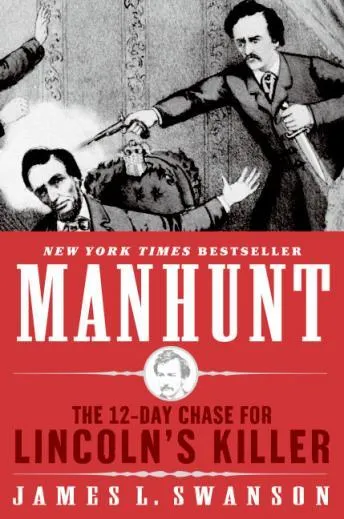
Manhunt: The Twelve Day Chase for Lincoln’s Killer, by James L. Swanson (2007)
James L. Swanson masterfully recounts the tale of Abraham Lincoln’s assassination in a way that reads more like a crime novel than an analysis of history. Swanson chronicles John Wilkes Booth’s path from his decision to assassinate Lincoln through his eventual demise at the Garrett Farm in Virginia. Booth’s interactions with co-conspirators are investigated and placed in the context of the greater scheme to murder Lincoln. Swanson also ties the story together through his use of eye witness accounts of those Booth encountered. The hour-by-hour layout makes the book both informative and a page-turning thriller.
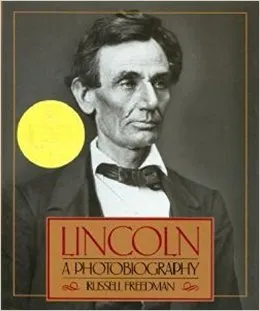
Lincoln: A Photobiography, by Russell Freedman (1989)
Russell Freedman’s Lincoln: A Photobiography is geared for older elementary students and middle school students and is consistently regarded as one of the best for children. The book tells the story of Lincoln’s life through the use of pictures. There are many photos to accompany the biography to make the story more inviting and enlightening for students. Moreover, it includes text from Lincoln’s writings for more advanced students to read at the end of the book. It also gives a list of historical sites that relate to Lincoln for further exploration.
These are a few of the most prominent pieces which discuss and evoke the legacy of Abraham Lincoln. As one of the most influential American presidents, Lincoln remains an iconic and controversial figure in popular culture. Studying the many interpretations of his life can provide new insights into the changing values of American society.

